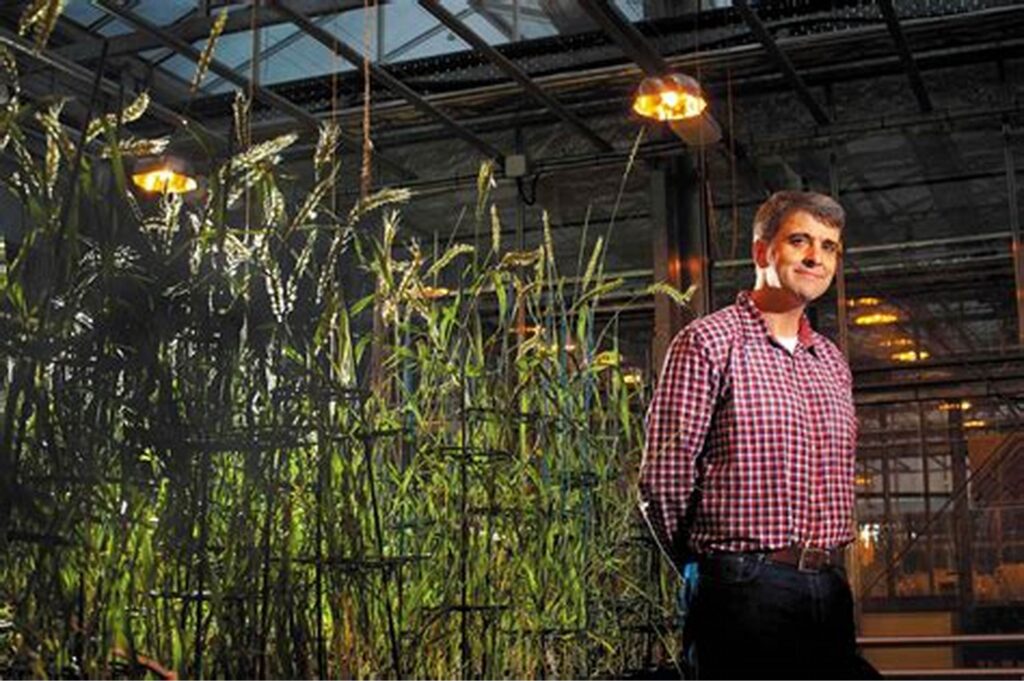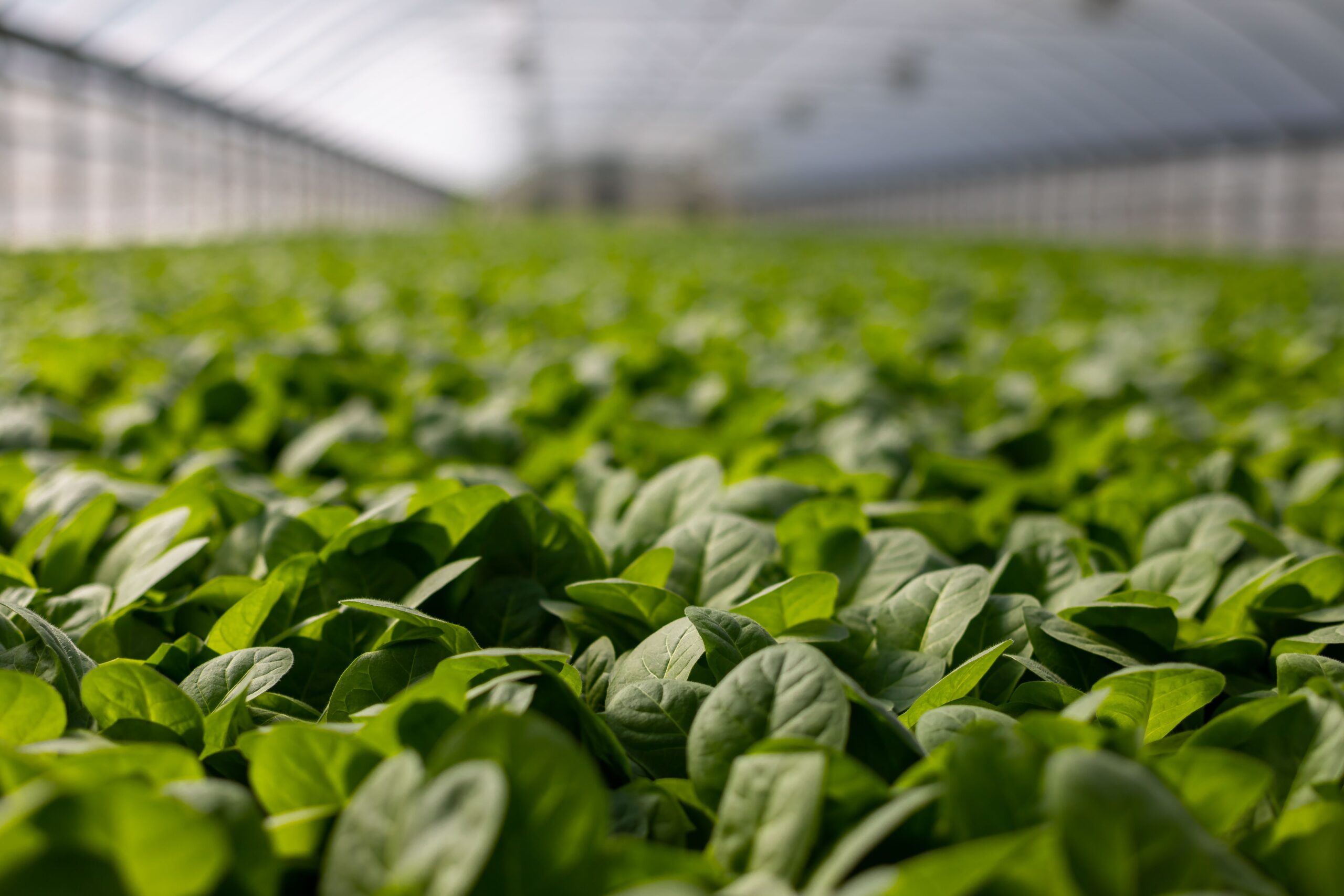Speaker bio and seminar synopsis:
Presented by Professor Malcolm Bennett, from the School of Biosciences at the University of Nottingham
The hidden half of plant biology has been an enduring interest throughout my 20 year research career at Nottingham. Our team has characterised many of the regulatory signals, genes and mechanisms that control root growth, development and adaptations to their soil environment. Highlights include identifying the first transport protein described in plants for the hormone auxin termed AUX1 which controls root angle (Bennett et al, 1996, Science); and elucidating how roots preferentially grow towards or branch towards water availability using hydrotropism (Dietrich et al, 2017, Nature Plants), hydropatterning (Orosa-Puente et al, 2018, Science) and Xerobranching (Mehra et al, 2022, Science) responses.
Over the past decade, I have embraced a systems biology approach to study root development, helping establish the BBSRC/EPSRC Centre for Plant Integrative Biology (CPIB) at Nottingham. Highlights include elucidating how hormones like auxin control root growth and branching (Band et al, 2012, PNAS; Swarup et al, 2008, Nature Cell Biology). Our team and partners are currently translating knowledge about the genes and signals regulating key root traits such as angle, depth, branching and compaction stress to re-engineer root architecture in crops and improve sustainability (Fusi et al, 2022, PNAS; Pandey et al, 2021, Science).

To uncover new traits determining water and nutrient use efficiency in crops, with colleagues in Biosciences, Maths, Engineering and Computer Sciences, we have pioneered efforts to non-invasively image roots in soil. To realise this ambition, we have created the Hounsfield Facility, an unique X-ray based root imaging platform (https://www.nottingham.ac.uk/microct/), integrating robotics, microCT scanners and analysis software. Research highlights include imaging novel root adaptive responses in soil termed Xerobranching and Hydropatterning, where roots only branch when in contact with water (Orman et al, 2018, Current Biology; Bao et al, 2014, PNAS) and discovering the ethylene based signalling mechanism underpinning root compaction responses (Pandey et al, 2021, Science).
Soils represent highly heterogeneous environments within which plant roots forage for resources. We recently discovered roots release signals like ethylene into the soil, then monitor their levels to sense and respond to soil stresses such as compaction (Pandey et al. 2021, Science). Reduced numbers of interconnected soil pores in compacted soil blocks diffusion of ethylene, causing this gaseous signal to accumulate around roots and halt their growth. Our team’s recent research breakthroughs reveal a novel signalling paradigm which we term ‘root radar,’ defined as root signals released into the soil, whose levels change in response to environmental stresses, which are perceived directly (or indirectly) by plant roots, triggering adaptive responses. I will conclude by discussing this new signalling concept using ethylene as an exemplar.


